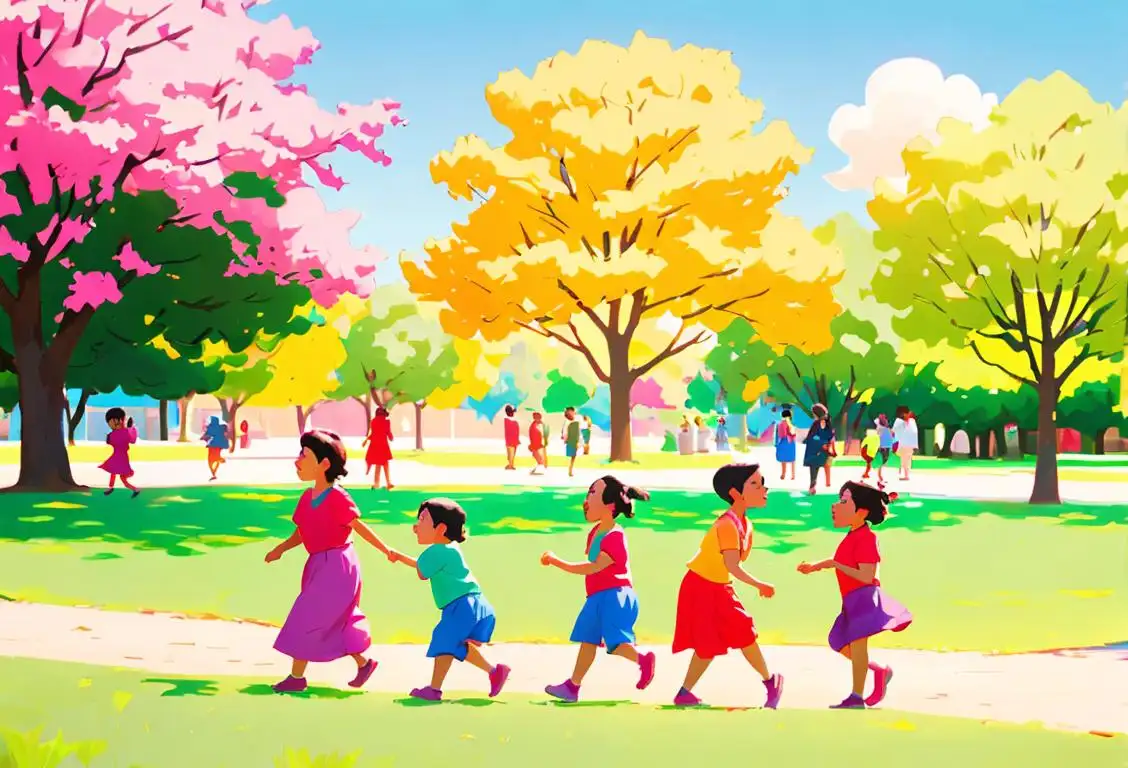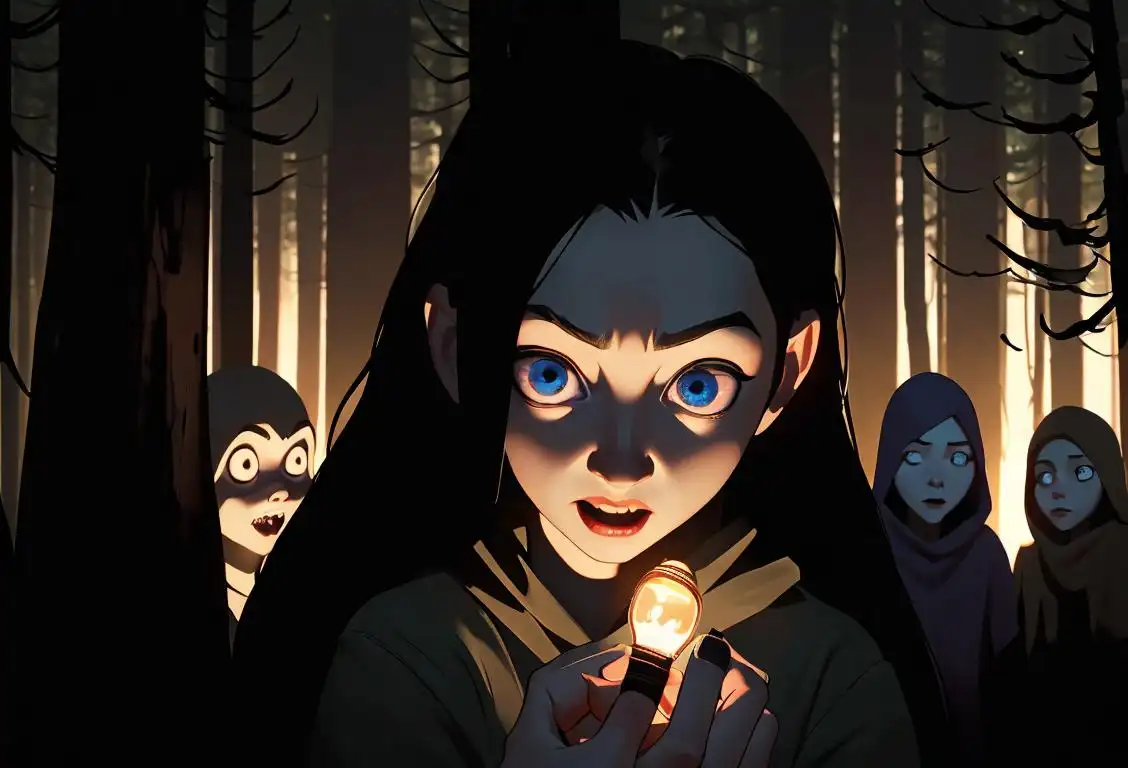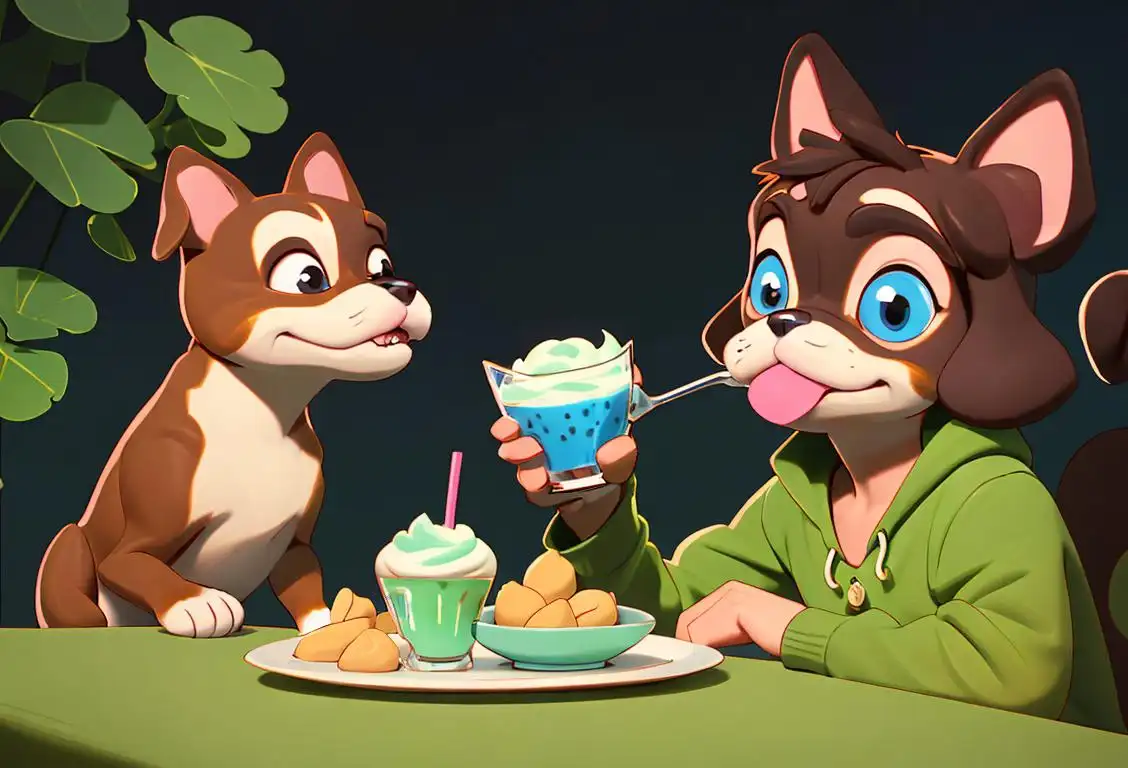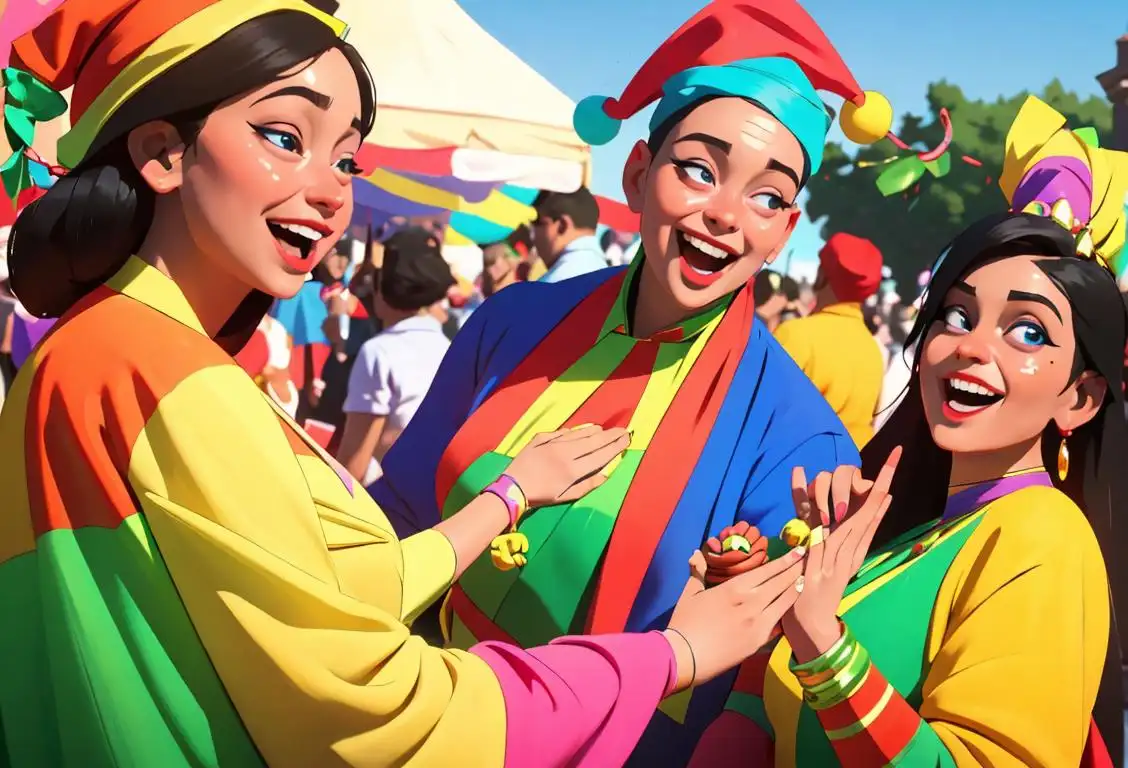National World Turtle Day
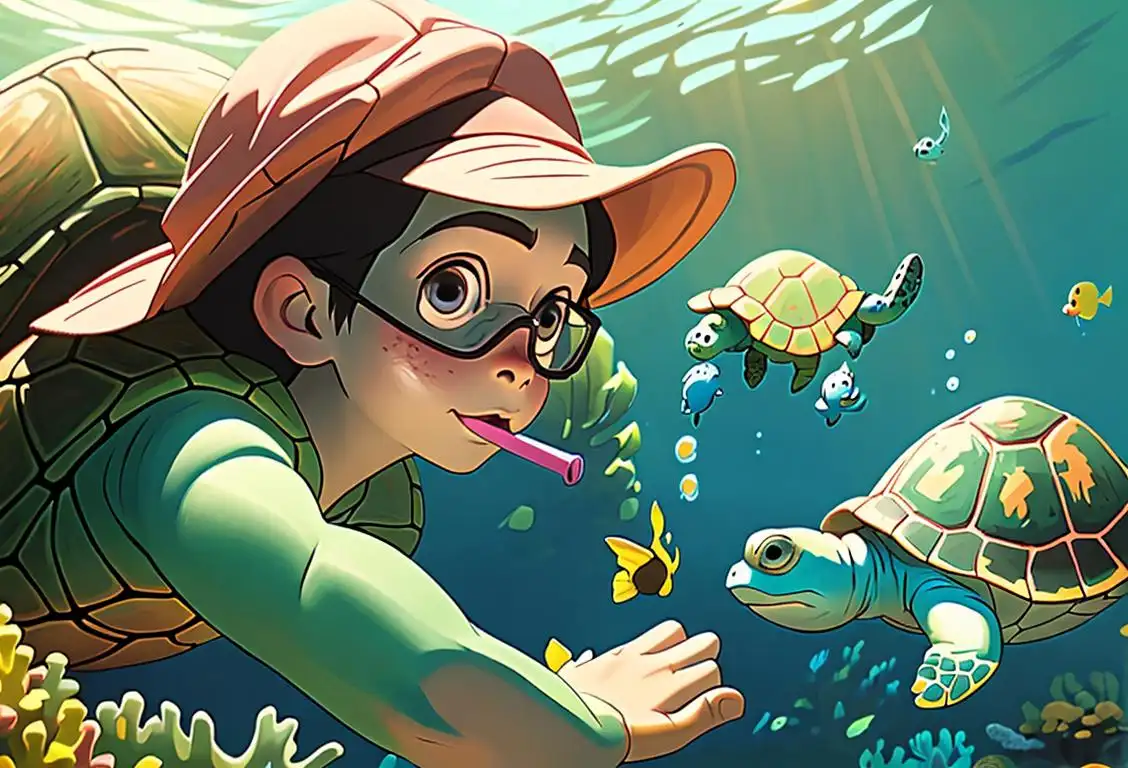
Have you heard? It's National World Turtle Day! It's time to shell-abrate the magnificent creatures that swim through our oceans and rivers with grace and perseverance. So grab your snorkel, put on your turtle-themed hat, and let's dive into the fascinating world of turtles!
When is World Turtle Day?
It's national world turtle day on the 23rd May.
The Internet History of National World Turtle Day
Every year on May 23rd, people around the world come together to raise awareness about turtle conservation, celebrate their existence, and spread the word about these amazing reptiles. But how did National World Turtle Day come to be?
Well, it all began in the vast ocean of the internet. Back in 2000, two turtle enthusiasts, Susan Tellem and Marshall Thompson, founded American Tortoise Rescue (ATR), a nonprofit organization dedicated to protecting turtles and tortoises. They realized that turtles needed a special day to bring attention to their plight and promote conservation efforts.
With the internet as their trusty sea turtle guide, Tellem and Thompson spread the word about their mission. They reached out to fellow turtle lovers on forums, websites, and social media platforms to rally support for National World Turtle Day. Slowly but surely, word started to spread like a turtle swimming through molasses.
Thanks to the power of the internet and the passion of countless turtle enthusiasts, National World Turtle Day gained traction over the years. It became a day to not only appreciate these incredible creatures but also an opportunity to learn about the challenges they face due to habitat loss, pollution, and the illegal pet trade.
Now, on May 23rd each year, you'll find people sharing turtle facts, organizing beach cleanups, and getting involved in turtle conservation projects. From educational events at schools to social media campaigns, National World Turtle Day has become a global movement to protect and conserve turtles of all shapes and sizes.
So make a splash this National World Turtle Day by spreading the word, supporting conservation efforts, and showing these reptilian wonders the love and respect they deserve!
History behind the term 'World Turtle'
Ancient Times
The Cosmic Turtle
In ancient cosmological beliefs, many cultures around the world imagined the earth to be carried on the back of a giant turtle or tortoise. This concept is known as the 'World Turtle' or 'Cosmic Turtle.' The turtle was often regarded as a symbol of stability, longevity, and wisdom. The idea of the world resting on a turtle has its roots in Hindu, Chinese, Native American, and African mythology, among others.
Ancient Times
The Ancient Mythologies
Throughout ancient civilizations, stories and mythologies have featured the concept of a world turtle. The idea of a massive turtle supporting the world is found in the mythologies of various cultures, including Hindu, Chinese, and Native American. These stories often depict the turtle as a symbol of stability and balance, representing the foundation upon which the Earth is built.
17th Century
European Encounters
During the age of exploration in the 17th century, European explorers and naturalists encountered legends and myths of the 'World Turtle' from various cultures around the world. These encounters led to the dissemination of the concept in European societies and sparked the interest of scholars and intellectuals. It became a subject of study and debate among natural philosophers and early scientists.
Ancient India
Hindu Mythology: Kurma Avatar
In Hindu mythology, the concept of the world turtle is closely associated with the Kurma avatar. According to the Hindu scriptures, Lord Vishnu, one of the major deities, took the form of a giant tortoise, known as Kurma, to support the weight of the cosmos on its shell. This incarnation symbolizes both the preservation of the universe and the dependence of creation on divine assistance.
19th Century
Turtles in Literature
The 'World Turtle' concept gained further popularity in the 19th century through its depiction in literature. Notable authors like Lewis Carroll, Jules Verne, and Terry Pratchett made references to the 'World Turtle' in their works, attracting the attention of a wider audience. These literary references contributed to the enduring fascination with the idea of a turtle carrying the world on its back.
Ancient China
Chinese Mythology: Ao
In Chinese mythology, the world turtle is known as Ao, a gigantic turtle with a shell that holds up the Earth and the heavens. Ao is often depicted with a snake or a dragon coiled around its legs, emphasizing its connection to the cosmic order. The image of Ao reflects the Chinese belief in the harmony and balance between the Earth and the celestial realms.
Native American Mythology
Native American Creation Myths
Various Native American tribes have their own unique creation myths that incorporate the concept of a world turtle. For example, the Iroquois creation story features a great turtle who carries the Earth on its back, while in some Native American legends, the world turtle is associated with the Great Spirit or the foundation of the world. These stories highlight the profound reverence for nature and the interconnectedness of all living beings.
20th Century
Scientific Interpretation
In the 20th century, as science advanced, the concept of the 'World Turtle' became subject to scientific interpretation. Physicist Sir Hermann Bondi proposed a scientific thought experiment called the 'Turtles all the way down' to illustrate infinite regress. This thought experiment involves an infinite stack of turtles, each turtle standing on the back of another, creating a humorous and thought-provoking analogy.
Present Day
Cultural Legacy and Popularity
The 'World Turtle' continues to capture the imagination and curiosity of people worldwide. It is often referenced in popular culture, including books, movies, and artwork. The imagery of a turtle supporting the world serves as a symbol for infinite possibilities, the interconnectedness of all things, and the mysteries of the universe. The 'World Turtle' remains an enduring concept that reflects our fascination with the mysteries of the cosmos.
Modern Literature
Discworld: Terry Pratchett's World Turtle
In modern literature, the term 'world turtle' gained popularity through Terry Pratchett's satirical fantasy series, Discworld. In this fictional universe, the Discworld is a flat planet balanced on the backs of four giant elephants who, in turn, stand on the shell of Great A'Tuin, a massive world turtle. Pratchett's playful interpretation of the world turtle reflects both the ancient mythological roots and the whimsical imagination of contemporary storytelling.
Did you know?
Did you know that some turtles can live for over 100 years? That's right! These ancient creatures have been swimming the seas for longer than most of us can fathom. So next time you spot a turtle, remember the wisdom it carries and give it a friendly wave!Tagged
awareness nsfw funFirst identified
23rd May 2017Most mentioned on
23rd May 2018Total mentions
47Other days
Children Day
Nightmare Just Day
Intelligence Richard Grenell Has Declassified A Mysterious Inauguration Day
Happiness Day
Awareness Day
Kisses Day
Opposite Day
One Day
Stormy Daniels Day
These Day
